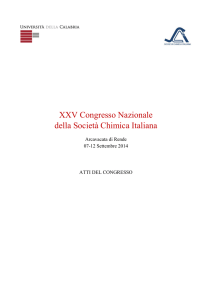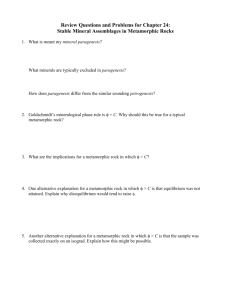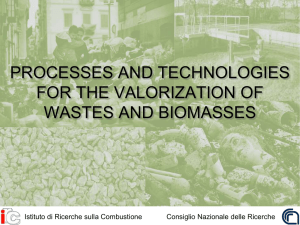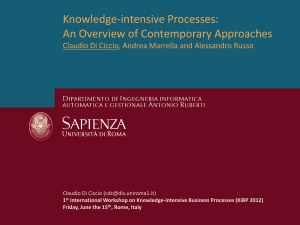Introduction - Romi Satria Wahono
advertisement
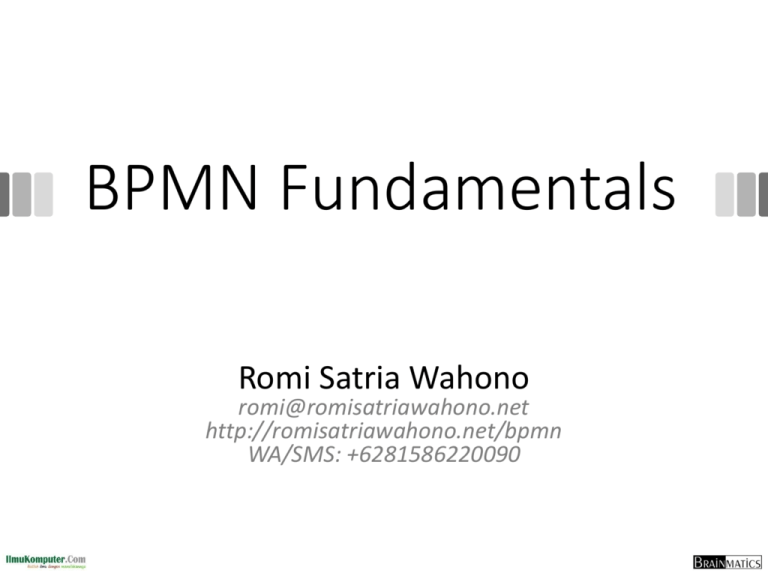
BPMN Fundamentals Romi Satria Wahono romi@romisatriawahono.net http://romisatriawahono.net/bpmn WA/SMS: +6281586220090 Romi Satria Wahono • • • • • • • • SD Sompok Semarang (1987) SMPN 8 Semarang (1990) SMA Taruna Nusantara Magelang (1993) B.Eng, M.Eng and Ph.D in Software Engineering from Saitama University Japan (1994-2004) Universiti Teknikal Malaysia Melaka (2014) Research Interests: Software Engineering, Machine Learning Founder dan Koordinator IlmuKomputer.Com Peneliti LIPI (2004-2007) Founder dan CEO PT Brainmatics Cipta Informatika 2 Textbooks 3 Course Outline 1. Introduction 2. BPMN Basic Concepts 3. BPMN Elements 3.1 Swimlane 3.2 Connecting Objects 3.3 Flow Objects 3.4 Artifacts 4. BPMN Refactoring 5. BPMN Guide Examples 4 PreTest 1. Sebutkan nama unit kerja (divisi) tempat anda bekerja 2. Deskripsikan alur pekerjaan yang rutin anda kerjakan 3. Sebutkan diagram atau notasi apa saja yang dapat digunakan untuk memodelkan business process. Lingkari notasi atau diagram yang anda sangat familier menggunakannya 4. Dengan menggunakan diagram dan notasi yang anda kuasai, gambarkan business process model di bawah: alur penjualan pizza oleh penjual pizza dengan layanan delivery order 5 1. Introduction 6 Business Process • A business process is a collection of related, structured activities or tasks that produce a specific service or product for a particular customer or customers • There are three main types of business processes: 1. Management Processes, the processes that govern the operation of a system (corporate governance, strategic management) 2. Operational Processes, processes that constitute the core business and create the primary value stream (purchasing, manufacturing, marketing, sales) 3. Supporting Processes, which support the core processes (accounting, recruitment, technical support) 7 Business Process Analysis Strategies Business Process Automation (BPA) Business Process Reengineering (BPR) Business Process Improvement (BPI) 8 Business Process Automation • Makes almost no changes to business processes, just makes them more efficient • Improves efficiency by automating the business processes • Least impact on users: • they do the same things, just more efficiently 9 Business Process Improvement • Goal is to improve the business processes • Change what the users do, not just how efficiently they do it • Changes to business process must be decided first • Decisions to change the business processes cannot be made by the analyst 10 Business Process Reengineering “Fundamental rethinking and radical redesign of business processes to achieve dramatic improvements…” • Throw away everything • Start with a blank page • Appealing, but very expensive and risky 11 Strategy Comparison Business Process Automation Business Process Improvement Business Process Reeingineering Potential Business Value Low-Moderate Moderate High Project Cost Low Low-Moderate High Breadth of Analysis Narrow Narrow-Moderate Very Broad Risk Low Low-Moderate Very High 12 Business Process Modeling • A business process model is: • a model of one or more business processes and defines the ways in which operations are carried out to accomplish the intended objectives of an organization • Typically performed by business analysts and managers who are seeking to improve process efficiency and quality • The process improvements identified by BPM may or may not require Information Technology involvement 13 Value Chain Diagram Human Resource Information Technology Finance SUPPORTING ACTIVITIES Manufact uring Sales PRIMARY ACTIVITIES 14 Functional Decomposition Diagram Human Resource Information Technology Finance SUPPORTING ACTIVITIES Manufact uring Sales PRIMARY ACTIVITIES Onboarding Systems Development Loan Request Procurement Marketing Offboarding Help Desk Manages Payable Manufacturing Sales Promotion Systems Maintenance Manage Receivable Inventory Vacation Request Manage Assets 15 Business Process Modeling Diagram Diagram Flowchart Use Case Diagram (UML) Standard No Standard OMG Activity Diagram (UML) Business Process Model and Notation (BPMN) OMG OMG 16 Flowchart 17 Use Case Diagram uc Use Case Diagram Sistem AT M Memasukkan Kartu Membuka Kotak Deposit «include» Petugas Memasukkan PIN Pengguna Core Banking System Memilih Transaksi Melihat Saldo «extend» «extend» Mengirim Uang «extend» Melakukan Logout Mengambil Uang 18 Activity Diagram act Activ ity Diagram (BPM) Start End Memasukkan Kartu Kartu Val i d? Mengeluarkan Kartu [ti dak] [ya] Memasukkan PIN [ti dak] PIN Val i d? [ya] Lebi h Dari 3 Kal i ? [ti dak] [ya] Menampilkan Menu Utama Jeni s T ransaksi ? Melihat Saldo Mengirim Uang Mengambil Uang [ti dak] T ransaksi Sel esai ? [ya] 19 Mengeluarkan Kuitansi Activity Diagram (Partition) Pengguna Sistem ATM Mulai Menampilkan Error: Kartu Tidak Valid Selesai Memasukkan Kartu [tidak] Kartu Valid? [ya] Mengeluarkan Kartu Memasukkan PIN Lebih dari 3x? [tidak] PIN Valid? [tidak] Memilih Menu Transaksi Menampilkan Menu Utama [ya] Menampilkan Error: Kartu Diblokir Transaksi Apa? Melihat Saldo Mengirim Uang Mengambil Uang [tidak] Transaksi Selesai? Mengeluarkan Kuitansi [ya] 20 BPMN of Pizza Collaboration Process 21 Business Process Modeling Tools 1. 2. 3. 4. 5. 6. 7. Microsoft Visio Visual Paradigm Enterprise Architect Bizagi Process Modeler ARIS Express Altova Activiti 22 Reference 1. Object Management Group, Business Process Model and Notation (BPMN), OMG Document Number: formal/2011-01-04, 2011 2. Object Management Group, BPMN 2.0 by Example, OMG Document Number: dtc/2010-06-02, 2011 3. Bruce Silver, BPMN Method and Style Second Edition, CodyCassidy Press, 2011 4. Layna Fischer (edt.), BPMN 2.0 Handbook Second Edition, Future Strategies, 2012 5. Tom Debevoise, Rick Geneva, and Richard Welke, The Microguide to Process Modeling in BPMN 2.0 Second Edition, CreateSpace, 2011 6. Bizagi Proses Modeler User Guide, Bizagi, 2012 7. Bizagi BPM Suite User Guide, Bizagi, 2013 8. Thomas Allweyer, BPMN 2.0, BoD, 2010 23
